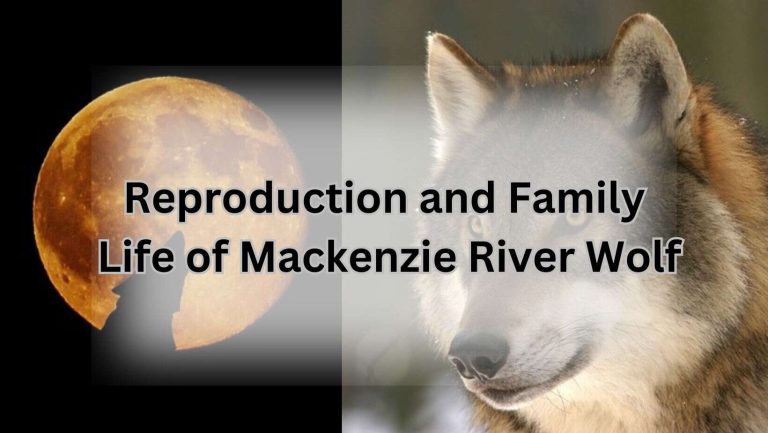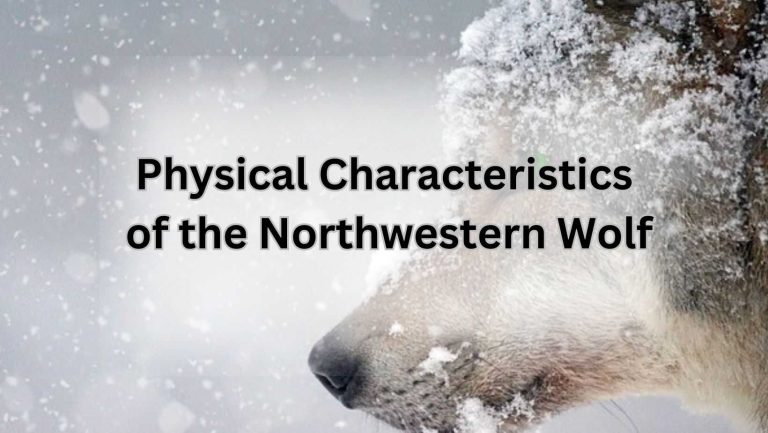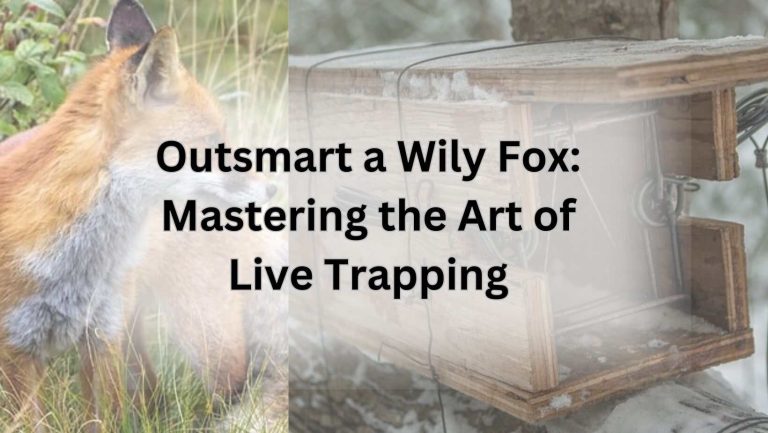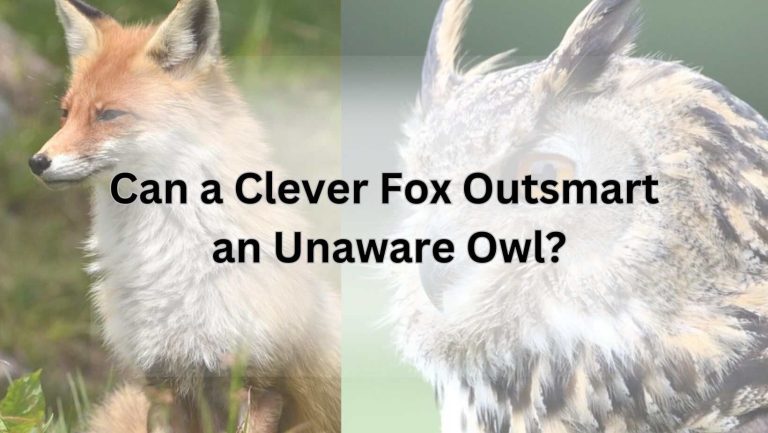Indian Wolf: The Mysterious Canid of the Wild!
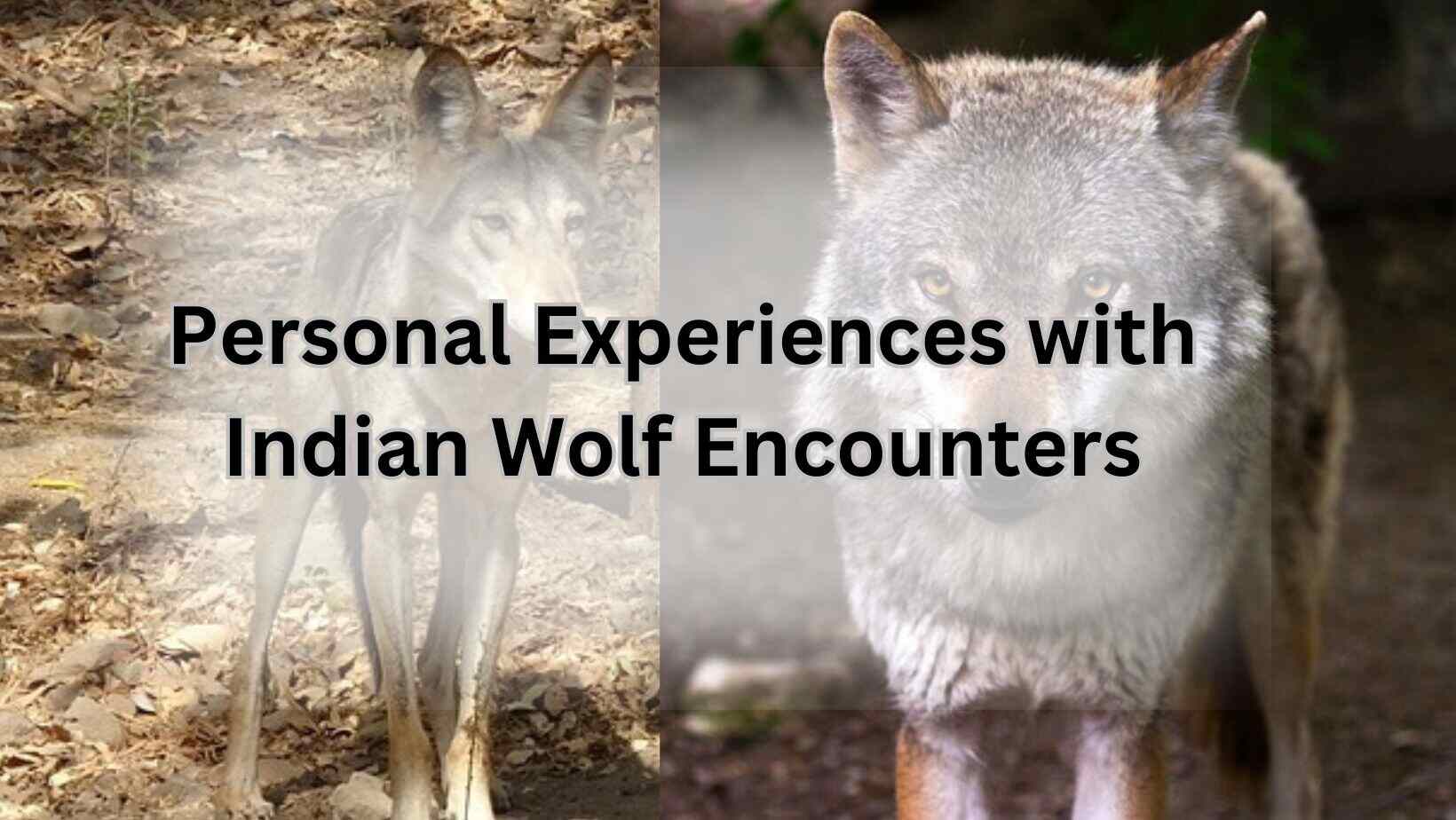
Overview of Indian Wolf
Are you ready to embark on a wild adventure into the world of the Indian wolf, also known as Canis lupus pallipes? These fascinating creatures are not your average domesticated pooch – they are carnivorous mammals with a unique pack behavior that sets them apart from the rest of the canine world. Let’s dive into their habitat, physical characteristics, behavior, and social structure to uncover the mysteries of the Indian wolf!
Habitat and Distribution
The Indian wolf can be found roaming the vast landscapes of India, primarily in the states of Gujarat, Rajasthan, and Haryana. These elusive creatures prefer open grasslands and scrub forests where they can hunt for their favorite prey, such as deer, rodents, and sometimes even livestock. Unfortunately, due to habitat loss and human encroachment, the Indian wolf is now classified as an endangered species, making conservation efforts crucial for their survival.
Physical Characteristics
Picture this: a sleek and slender wolf with a coat ranging from sandy brown to reddish-brown, blending perfectly with its surroundings. The Indian wolf is smaller than its European counterparts, with long legs built for speed and agility. Their piercing yellow eyes and pointed ears give them a fierce yet majestic appearance, making them a sight to behold in the wild.
Behavior and Social Structure
When it comes to pack behavior, Indian wolves are the ultimate team players. They form tight-knit family units led by an alpha pair, with each member playing a crucial role in hunting, raising pups, and defending their territory. Communication is key in their social structure, with howls and body language used to coordinate hunts and maintain pack cohesion. Witnessing a pack of Indian wolves in action is a sight to behold, showcasing their intelligence and teamwork in the wild.
Importance of Indian Wolf in Ecosystem
Role in the Food Chain
Let’s talk about the Indian wolf, also known as Canis lupus pallipes. These majestic creatures play a crucial role in the food chain of their ecosystem. As carnivorous mammals, they help control the population of herbivores like deer and antelope, ensuring a healthy balance in the ecosystem.
Impact on Biodiversity
Aside from their role in the food chain, Indian wolves also contribute to the biodiversity of their habitat. By maintaining a stable population of prey species, they prevent overgrazing and habitat destruction, ultimately supporting the survival of various plant and animal species in the area.
Conservation Status
Unfortunately, Indian wolves are currently classified as an endangered species, facing threats such as habitat loss and human-wildlife conflict. It’s crucial to prioritize habitat conservation efforts to protect these magnificent animals and ensure their survival for future generations to enjoy.
So, the next time you hear a howl in the distance, remember that it might just be the call of the Indian wolf, a vital player in the intricate web of life in its ecosystem. Let’s continue to support their conservation and appreciate the beauty and importance of these incredible creatures.
Threats to Indian Wolf Population
As a Canid Wild Life Lover with two decades of experience, I have witnessed the challenges faced by the Indian wolf population. These magnificent creatures, scientifically known as Canis lupus pallipes, are facing various threats that endanger their survival in the wild.
Habitat Loss
One of the primary threats to the Indian wolf population is habitat loss. As human populations expand and encroach upon natural habitats, the wolves are left with less space to roam and hunt. This loss of habitat not only affects the wolves directly but also disrupts their prey base, leading to food scarcity and increased competition.
Human-Wildlife Conflict
Another significant threat to Indian wolves is human-wildlife conflict. As these carnivorous mammals navigate their shrinking territories, they often come into contact with humans and their livestock. This interaction can result in conflicts, with wolves being perceived as threats to livestock and subsequently targeted for elimination.
Poaching and Illegal Wildlife Trade
Unfortunately, poaching and illegal wildlife trade pose a grave danger to the Indian wolf population. These majestic creatures are sought after for their fur, bones, and other body parts, driving a lucrative illegal trade that further decimates their numbers. The demand for wolf products fuels this illegal activity, putting additional pressure on an already vulnerable species.
It is crucial for us to address these threats and work towards the conservation of the Indian wolf population. By protecting their habitats, mitigating human-wildlife conflicts, and cracking down on poaching and illegal trade, we can help ensure the survival of these incredible animals for generations to come.
4. Conservation Efforts for Indian Wolf
4.1 Protected Areas and Reserves
Now, let’s talk about the swanky resorts the Indian wolf calls home! Just kidding, we’re actually talking about protected areas and reserves. These areas are like VIP sections for our furry friends, where they can roam freely without the fear of unwanted human interference. It’s like having your own private wolf paradise!
4.2 Community-Based Conservation Initiatives
Imagine a bunch of wolves sitting around a campfire, discussing conservation strategies – now that’s a sight to see! In reality, community-based conservation initiatives involve local communities working together to protect the Indian wolf and its habitat. It’s like a wolf neighborhood watch, but with a lot more howling!
4.3 Research and Monitoring Programs
Ever wonder what wolves do when they think no one is watching? Well, with research and monitoring programs, we get a sneak peek into their secret lives. Scientists track their movements, study their behavior, and basically play detective to ensure these majestic creatures are safe and sound. It’s like being a wolf paparazzi, but with a scientific twist!
5. Unique Adaptations of Indian Wolf
5.1 Hunting Strategies
Now, let’s talk about the Indian wolf’s hunting strategies. These clever canines are known for their exceptional teamwork when it comes to hunting. They often work together in packs to take down larger prey, such as deer or wild boar. Their coordinated efforts and communication techniques make them formidable predators in the wild. The Indian wolf’s keen sense of smell and sharp eyesight also play a crucial role in their hunting success. It’s truly a sight to behold when these wolves work together to secure a meal!
5.2 Communication Techniques
Communication is key for the Indian wolf pack, and they have a variety of ways to convey messages to one another. From howling and barking to body language and facial expressions, these wolves are experts at getting their point across. Their unique vocalizations can be heard echoing through the forests, serving as a way to locate pack members, establish territory, and warn off potential threats. It’s like they have their very own language that only they can understand!
5.3 Reproductive Behavior
When it comes to reproductive behavior, the Indian wolf has some fascinating adaptations. Mating season for these wolves typically occurs in the winter months, with females giving birth to a litter of pups after a gestation period of around two months. The entire pack helps care for the young, with older siblings often taking on a protective and nurturing role. This cooperative breeding system ensures the survival of the pack and strengthens their social bonds. It’s heartwarming to see these wolves come together to raise the next generation of hunters!
6. Comparison with Other Wolf Species
When it comes to the Indian wolf, there are some fascinating differences and similarities compared to other wolf species. Let’s dive into the world of wolf comparisons and see how our Indian wolf stacks up!
6.1 Size and Physical Features
The Indian wolf, scientifically known as Canis lupus pallipes, is a carnivorous mammal that is slightly smaller in size compared to its relatives. While it may not be the biggest wolf on the block, what it lacks in size, it makes up for in agility and speed. With its sandy-colored coat and distinctive features, the Indian wolf is a sight to behold in the wild.
6.2 Behavior and Social Structure
One of the most intriguing aspects of the Indian wolf is its pack behavior. These social creatures are known for their tight-knit family units and cooperative hunting strategies. If you ever come across a pack of Indian wolves, you’ll witness the perfect blend of teamwork and cunning as they work together to secure their next meal.
6.3 Geographic Range
Unlike their cousins in colder climates, the Indian wolf prefers the warm and arid regions of the Indian subcontinent. From the deserts of Rajasthan to the grasslands of Gujarat, these wolves have adapted to thrive in diverse habitats. However, due to habitat loss and human encroachment, the Indian wolf is now classified as an endangered species, making conservation efforts crucial for their survival.
Cultural Significance of Indian Wolf
Folklore and Mythology
Ah, the Indian wolf, also known as Canis lupus pallipes, has been a prominent figure in folklore and mythology for centuries. In Indian culture, these majestic creatures are often depicted as symbols of loyalty, cunning, and strength. Tales of wolves roaming the forests, howling at the moon, have captivated the imaginations of people across the country.
Symbolism in Indigenous Cultures
Indigenous communities have long revered the Indian wolf for its resilience and adaptability. These carnivorous mammals are seen as guardians of the natural world, embodying the spirit of the wilderness. Their pack behavior and hunting prowess have inspired stories of bravery and unity among various tribes and groups.
Conservation in Traditional Practices
Conservation efforts for the Indian wolf are deeply rooted in traditional practices. Many communities have established sanctuaries and protected areas to safeguard the habitats of these endangered species. By incorporating ancient wisdom and modern science, conservationists are working tirelessly to ensure the survival of these magnificent creatures for generations to come.
Challenges in Studying Indian Wolf
Elusiveness and Camouflage
Ah, the Indian wolf, also known as Canis lupus pallipes, is a master of disguise in the wild. Its sandy-colored fur blends seamlessly with the arid landscapes of its habitat, making it quite the challenge to spot these elusive creatures. It’s like trying to find a needle in a haystack, but with a furry wolf instead.
Remote Habitat Locations
These wolves aren’t exactly hanging out in your backyard. Nope, they prefer the remote and rugged terrains of India, making it difficult for researchers to access their habitats for study. It’s like they have their own exclusive wolf club in the wilderness, and we’re just not cool enough to join.
Limited Research Funding
Unfortunately, studying the Indian wolf isn’t exactly a walk in the park when it comes to funding. With limited resources available for research, scientists and conservationists face an uphill battle in understanding and protecting these endangered carnivorous mammals. It’s like trying to solve a mystery with only half the clues and a shoestring budget.
Personal Experiences with Indian Wolf Encounters
Wildlife Photography Expeditions
Embarking on wildlife photography expeditions in search of the elusive Indian wolf can be both thrilling and rewarding. As a Canid Wild Life Lover, capturing the beauty and essence of these endangered species through your lens is a truly magical experience. The Canis lupus pallipes, with its majestic presence and carnivorous nature, makes for a captivating subject in your photographs.
Conservation Volunteer Opportunities
Getting involved in conservation volunteer opportunities is a fantastic way to support the protection of the Indian wolf and its habitat. Whether you’re assisting with habitat conservation efforts or participating in educational programs, every little contribution counts towards the preservation of this magnificent species. Endangered species like the Indian wolf rely on dedicated individuals like yourself to ensure their survival in the wild.
Indigenous Community Perspectives
Exploring the indigenous community perspectives on the Indian wolf can provide valuable insights into the cultural significance of this carnivorous mammal. Learning about pack behavior and traditional beliefs surrounding the Indian wolf adds depth to your understanding of its role in the ecosystem. By engaging with local communities, you gain a holistic view of the importance of conservation efforts in protecting this iconic species.
10. Future Prospects for Indian Wolf Conservation
10.1 Sustainable Development Practices
As a Canid Wild Life Lover, you must be thrilled to learn about the sustainable development practices being implemented to protect the Indian wolf. By promoting eco-friendly initiatives and responsible land use, we can create a harmonious environment for both humans and wildlife to thrive.
10.2 Public Awareness and Education
Endangered species like the Indian wolf need our help, and raising public awareness is key to their survival. By educating people about the importance of preserving natural habitats and respecting wildlife, we can ensure a brighter future for these majestic creatures.
10.3 Collaboration with Government Agencies
Collaborating with government agencies is crucial for the conservation of the Indian wolf. By working together to enforce protective measures, regulate hunting practices, and establish wildlife reserves, we can create a safe haven for these carnivorous mammals to roam freely.
In conclusion, the future prospects for Indian wolf conservation are promising as long as we continue to prioritize sustainable development practices, raise public awareness, and collaborate with government agencies. By coming together to protect these endangered species, we can ensure a brighter future for the Indian wolf and other wildlife species in need of our help.

